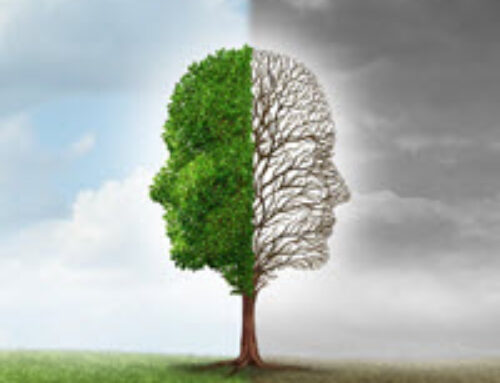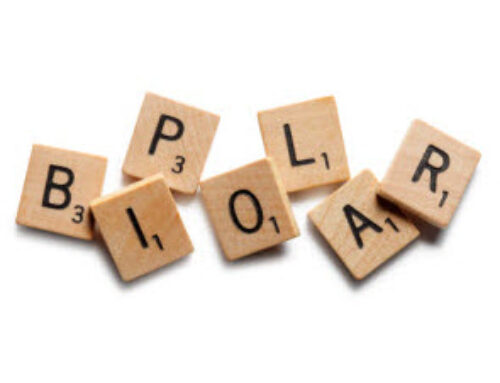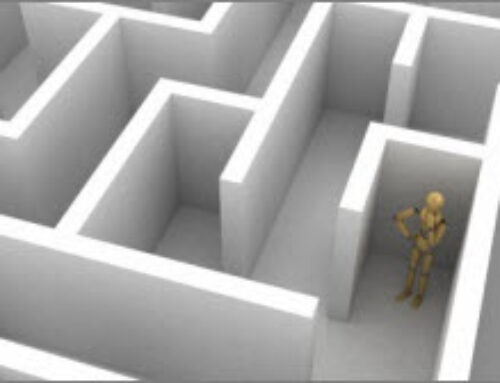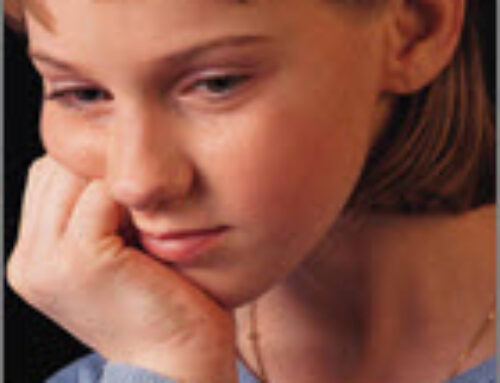It’s time to reconsider the “phasic” nature of bipolar disorder. A new international study, titled Investigating Manic Phases And Current Trends of Bipolar or IMPACT of Bipolar, found that 64 percent of patients with bipolar I disorder experience symptoms of depression during episodes of mania. So depression is of significance during the manic phase of this illness for a considerable number of bipolar I individuals.
 These findings underscore how nuanced the assessment and diagnosis of bipolar disorder can be and illustrate that bipolarity may not occur in distinct phases as once thought.
These findings underscore how nuanced the assessment and diagnosis of bipolar disorder can be and illustrate that bipolarity may not occur in distinct phases as once thought.
I have long thought that designating bipolar I and bipolar II as separate classifications to be a useless proposition. Rather than naming this disorder’s presentation as I or II, we should index the symptoms and score them – regardless of when they occur or how they appear. And to be successful in this venture, we must seek collateral sources of information because these folks are poor historians and are prone to tell us only what they want us to hear.
Assessing the full dynamic of this disorder is imperative. Therefore treatment considerations, particularly pharmacological ones, should take into account that manic and depressive symptoms mesh with one another and should be managed simultaneously.





Leave A Comment
You must be logged in to post a comment.